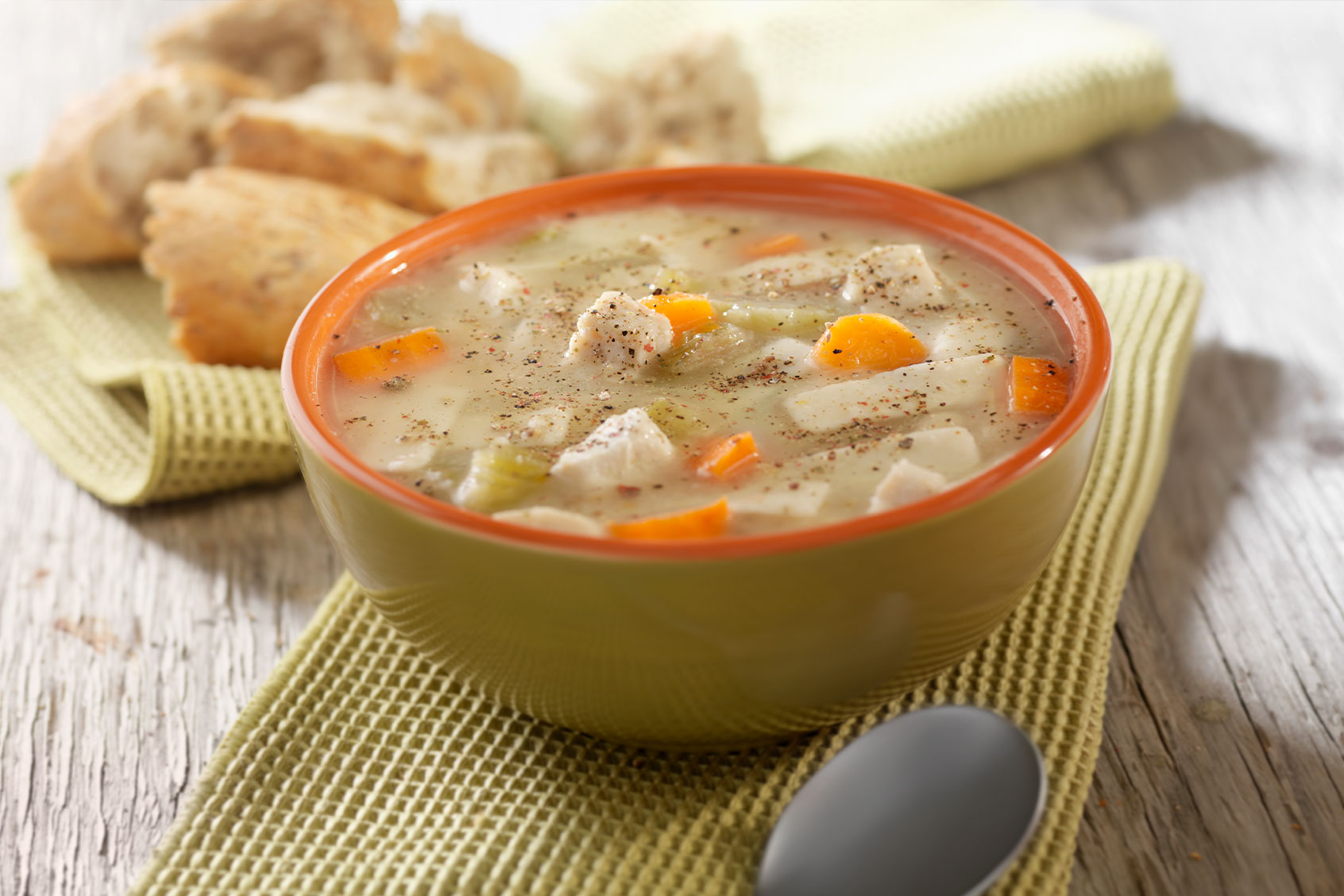Chicken noodle soup has an elevated position in the food pantheon — and for good reason. It’s at once comforting, warming and satisfying. It has nursed many an under-the-weather person from their ills (coupled with a sleeve of Saltines, lots of tissues and obviously some flat ginger ale). It’s also terrific on its own culinary volition, too, though: a perfect lunch, a simple bowl of the elixir can always provide sustenance.
Wen you’re making it at home, though, chicken soup can feel a bit finicky. There are a lot of moving parts and decisions to be made — from which kind of broth or stock you choose to picking the perfect noodle. Have no fear, though. I’m here with six quick tips to upgrade your chicken soup game (in addition to ensuring there’s lots of lemon, of course):
Want more great food writing and recipes? Subscribe to Salon Food’s newsletter, The Bite.

